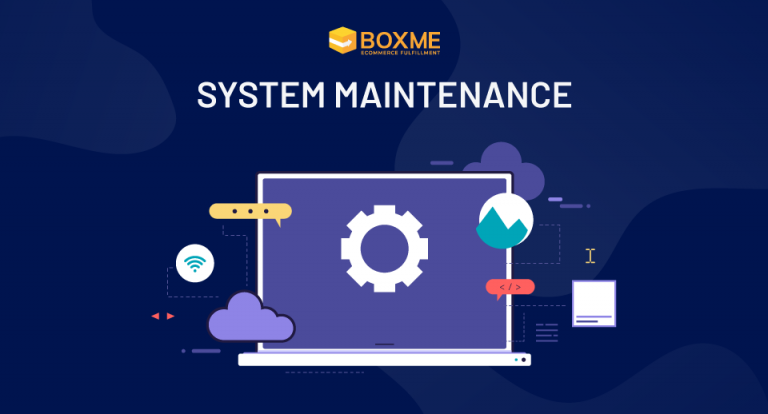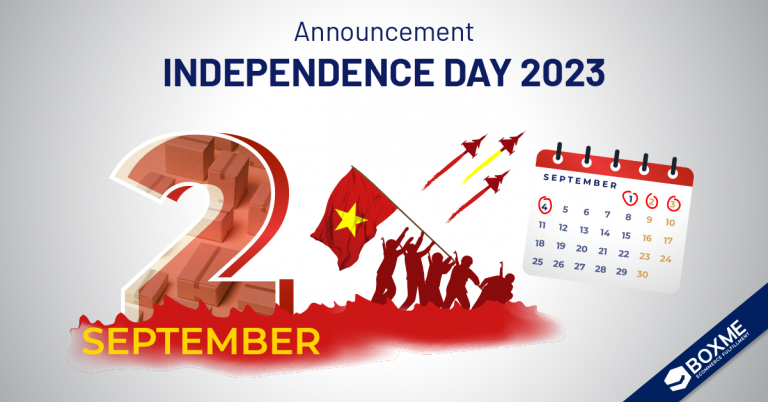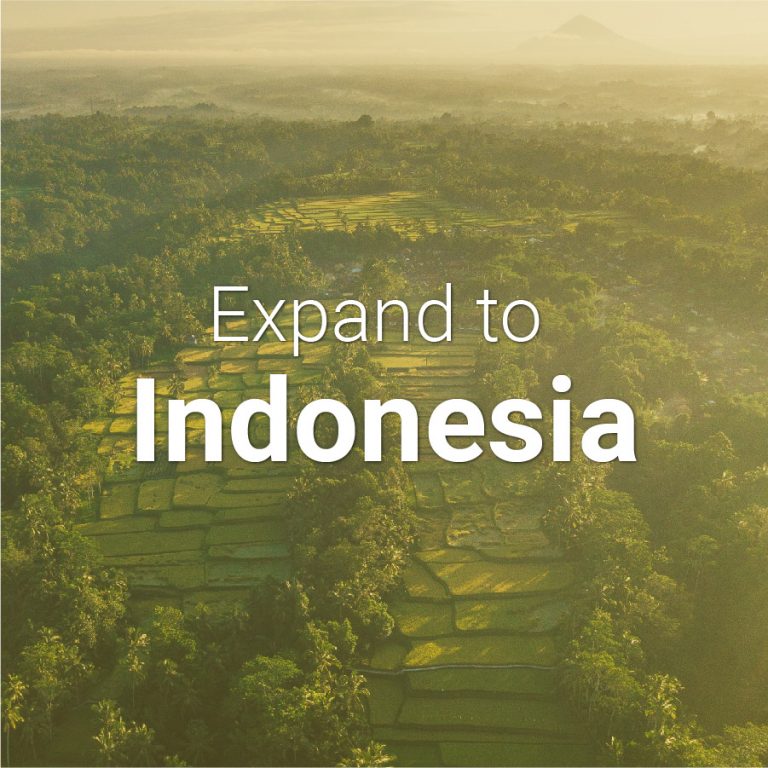E-commerce landscape
According to data from we are social & Hootsuite, 26.69 million people – 83% of the population in Malaysia is using the Internet. Among users ages 16 to 64, GlobalWebIndex shows that 80% of them are already shopping online.
With an average spending of US$185, Malaysian spend quite a generous amount compared to its neighbors in Southeast Asia. Growing by 17% last year, Malaysia E-commerce is expected to keep the trend going as the country’s government has been making the online economy a national priority.
→ Read more: 2019: A Ground-Breaking Year For E-Commerce In Malaysia
Best-selling categories
Categories
While travel occupied a large amount of the total spent on E-commerce, consumer goods accounted for US$3.68 billion, posing an 18.7% increase compared to last year’s figure of US$3.1 billion. Similar to other countries in the region, the digital content market remained relatively small in Malaysia with only US$274 million spent on digital music, video games and other services.
In terms of consumer goods, all categories record strong growth of at least more than 16% year-on-year, with three categories surpassing 20% in just 12 months. Electronics made the largest contribution of US$1.01 billion as well as the highest growth (29%), followed by Fashion & beauty (US$874 million) and Furniture & appliances ($632 million). Food & personal care category, along with Toys, DIY and hobbies also experience a spurt in consumption with 24% and 21% increase respectively, putting these categories near the mark of US$590 million.
Food & personal care products are customers’ most frequent purchases. The buying process of this category is gradually moving online, which proves that shoppers are becoming more familiar with online shopping.
Geographical location
Being the most populated urban areas, Selangor and Kuala Lumpur have the highest number of E-commerce orders and activities.
A consumer’s shopping cart also varies depending on the geographical location as well. For example, a third of purchases from the Northern region (Perlis, Kedah, Penang, Perak) fall under the FMCG (fast-moving consumer goods) category, while the South (Johor, Melaka, Negeri Sembilan) recognizes Men’s clothing as one of the top ten. Mobile and accessories hit it big in the East, yet kids & baby products are most popular on the East Coast, according to data from Shopee.
Top marketplaces
Malaysia’s E-commerce is dominated by Shopee and Lazada, a known trend across Southeast Asia. Shopee leads in website traffic, but Lazada has the most active users for mobile applications. One interesting fact is the rise of China-based shopping apps like Taobao and AliExpress, indicating the avid shopping habit of Chinese speakers in the country.
→ Read more: 8 E-Commerce Platforms In Malaysia To Sell On
When do they buy?
Time of the day
Picodi’s data reveals that Monday is the most active day for Malaysians to shop using laptops or desktop computers. On the other hand, mobile shopping usage is consistent throughout the week with a rising tendency towards the weekend.
Peak hours for shopping on computers are from 8pm to 10pm, while the golden hours for mobile shopping are 10am, 4pm and 8pm. Transactions are lowest during lunch hours from 12pm to 2pm, except for Putrajaya where customers love to shop over lunch.
Shopping festivals
Being a country of mixed cultures, there are many holidays that the Malaysians celebrate. Combined with sales promotions from major E-commerce platforms, here are some of the hottest sales period throughout the year:
Holidays
- Chinese New Year
- Ramadan
- Hari Merdeka
- Christmas
E-commerce shopping festivals
- Singles’ Day
- 12.12
- 9.9 & 10.10
- MYCyberSALE
- Lazada Birthday Sale
- Black Friday
→ Read more: Southeast Asia Catches On China’s Singles Day
Payment methods
Nearly half of the transactions in 2019 were paid via bank transfer as the most common method. Credit card came in second place with 25%, while cash-on-delivery only took up 12%.
Other findings
- 46% of B2C transactions are made via mobile phones
- The percentage of men and women shoppers are the same, even though the number of men credit card owners is significantly higher than women
Boxme is the premier cross-border e-Commerce fulfillment network in Southeast Asia, enabling world-wide merchants to sell online into this region without needing to establish a local presence. We deliver our services by aggregating and operating a one-stop value chain of logistic professions including: International shipping, customs clearance, warehousing, connection to local marketplaces, pick and pack, last-mile delivery, local payment collection and oversea remittance.











